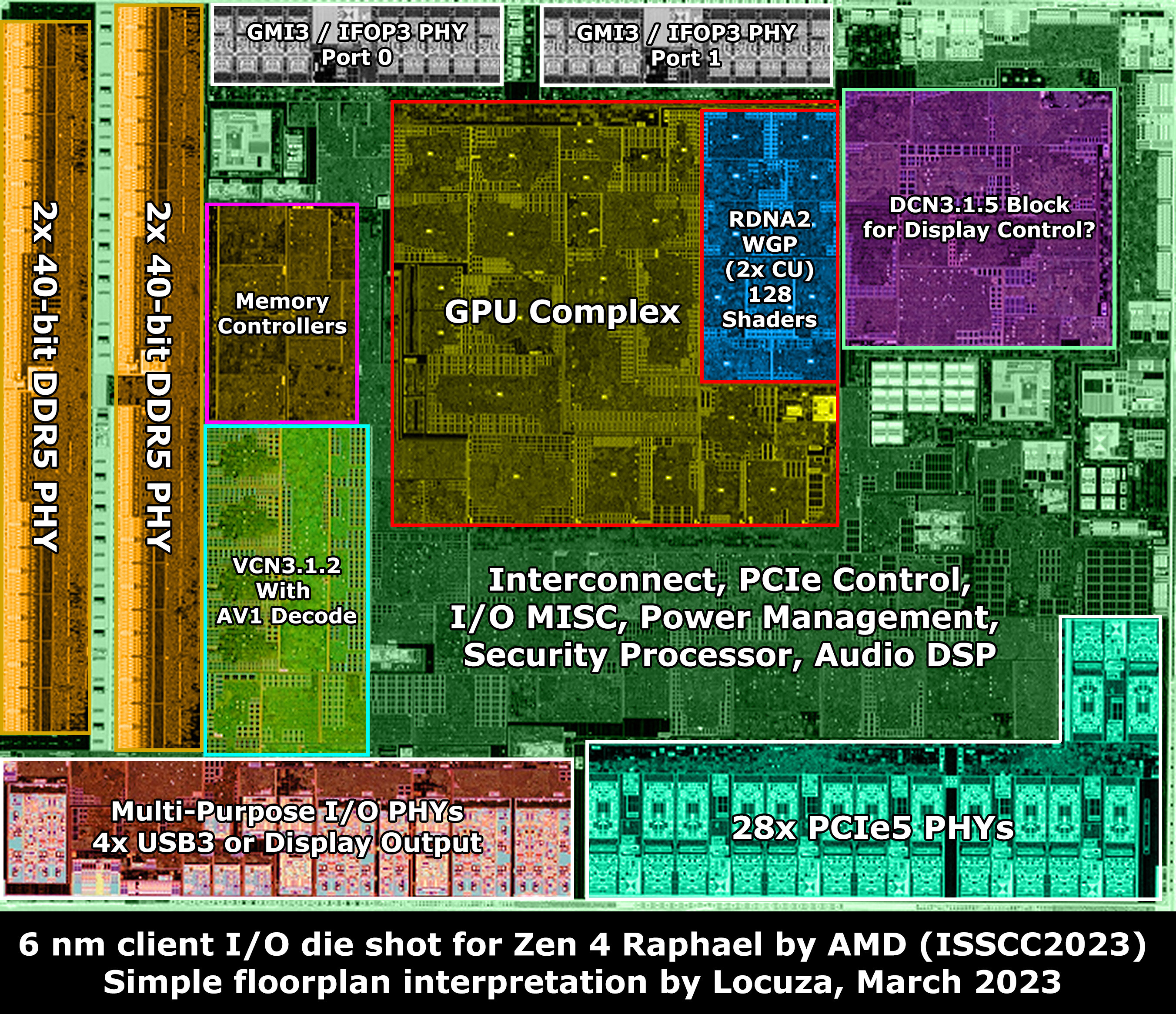- Joined
- Jun 20, 2024
- Messages
- 469 (1.47/day)
This is the worst CPU launch I think I have ever seen...far worse than Bulldozer and worse than Prescott. 285K is losing to the 7700 in some games and not even by a small margin, despite Intel having a huge node process advantage, adopting AMD's MCM design (the same one these clowns called "glue" back in the day), costing 3x the price and having 3x the cores. Efficiency is nonexistent, even compared to 4 year old AM4 chips that are handing it its ass (5950X, 5800X3D). This launch was so bad, AM5 7000 non-X3D series chips just got their prices bumped up today. AM4 will probably see the same effect.
The Pentium 4 'Willamette' days were 'interesting' - socket 423 was not well received. (EDIT: Upon reflection, S423 really was a platform with virtually no redeeming features at release)
Not only was the Pentium 4:
- Slower at same clock rate as Pentium 3
- Needed to hit high clockspeeds to offset the long pipeline (which spawned the whole Hyper-Threading workaround)
- Needed extra power for those clockspeeds / performance
- Requiring Rambus RAM due to chipsets (price premium - somewhat better transfer rate but latency wasn't its friend)
- Slower than the competing AMD Athlon, it also lost out at times to the budget Duron clock for clock.
But Socket 423 wasn't even really capable of even meeting the requirements to push the P4 much further ahead of the P3, as it was electrically limited.
People who went big and bought P3 1GHz chips early on (especially any 100MHz FSB ones - good for running on BX chipset boards without needing to OC the FSB / AGP / PCI) may have spent more money but had a good period of enjoying a better product sipping around half the power (supposedly) - at least until Intel managed to ramp up the P4 clock rates to make it worthwhile.
It was of course the 'next architectural step', engineered for a workload that never really came... which eventually led to the 'next architechtural step' being the Pentium M/Core starting from the Pentium Pro/2/3 (P6) core again...
There are some parallels with this Arrow Lake release, but at least the power requirement is lower (so perf/watt is better), and it doesn't need specific fancy RAM. That's also what makes it differ from Bulldozer - although if not for that power improvement, it would kind of be almost the same kind of launch as when AMD went from K10 to Bulldozer.
EDIT: It's easy to hate on Prescott - but it was an 'improvement' technically - Intel went all in on a lengthened pipeline and additional cache, pipeline improvements, etc... it was the most Pentium 4 of all the P4's. But I think that was also the point where they realised they were flogging a lame soon-to-be-dead horse.... that said the last Cedar Mill P4D chips (whilst no match for an equivalent C2D) were actually not terrible (except for power consumption).
Last edited:






